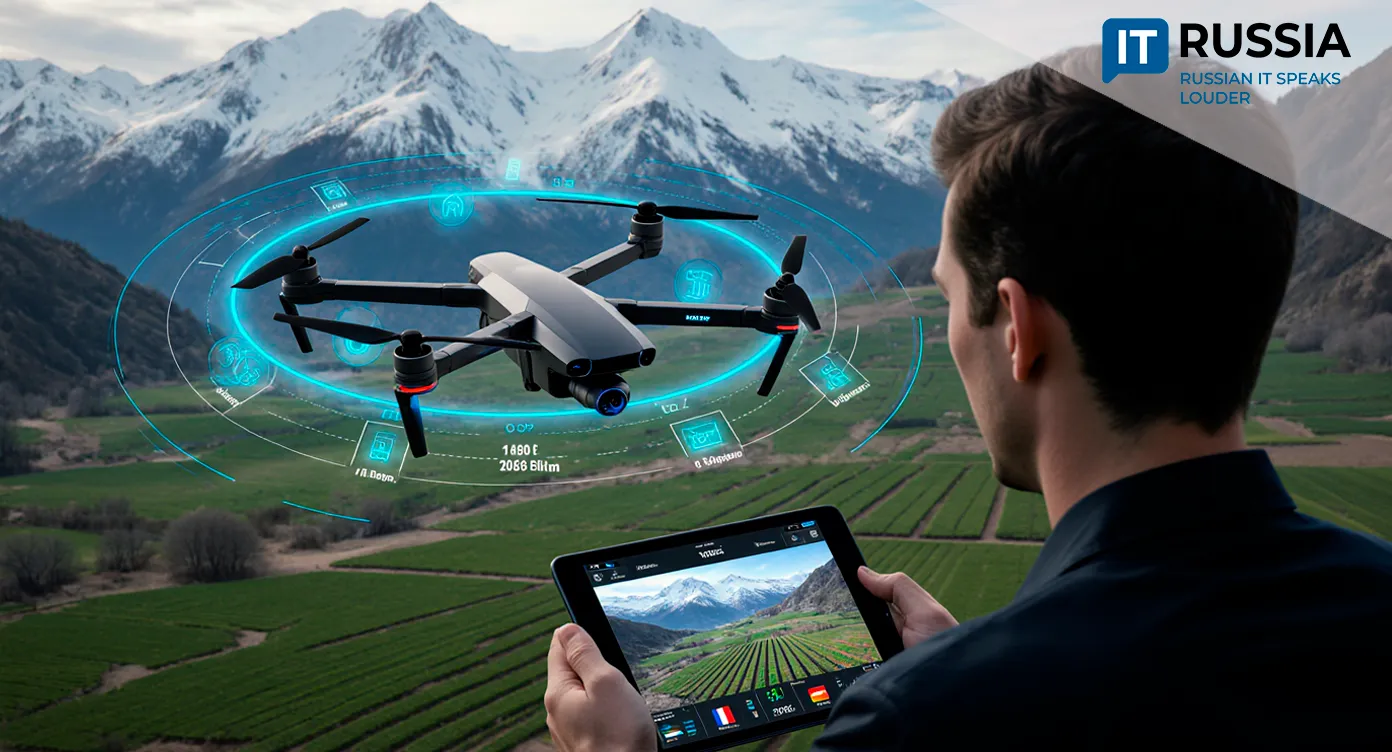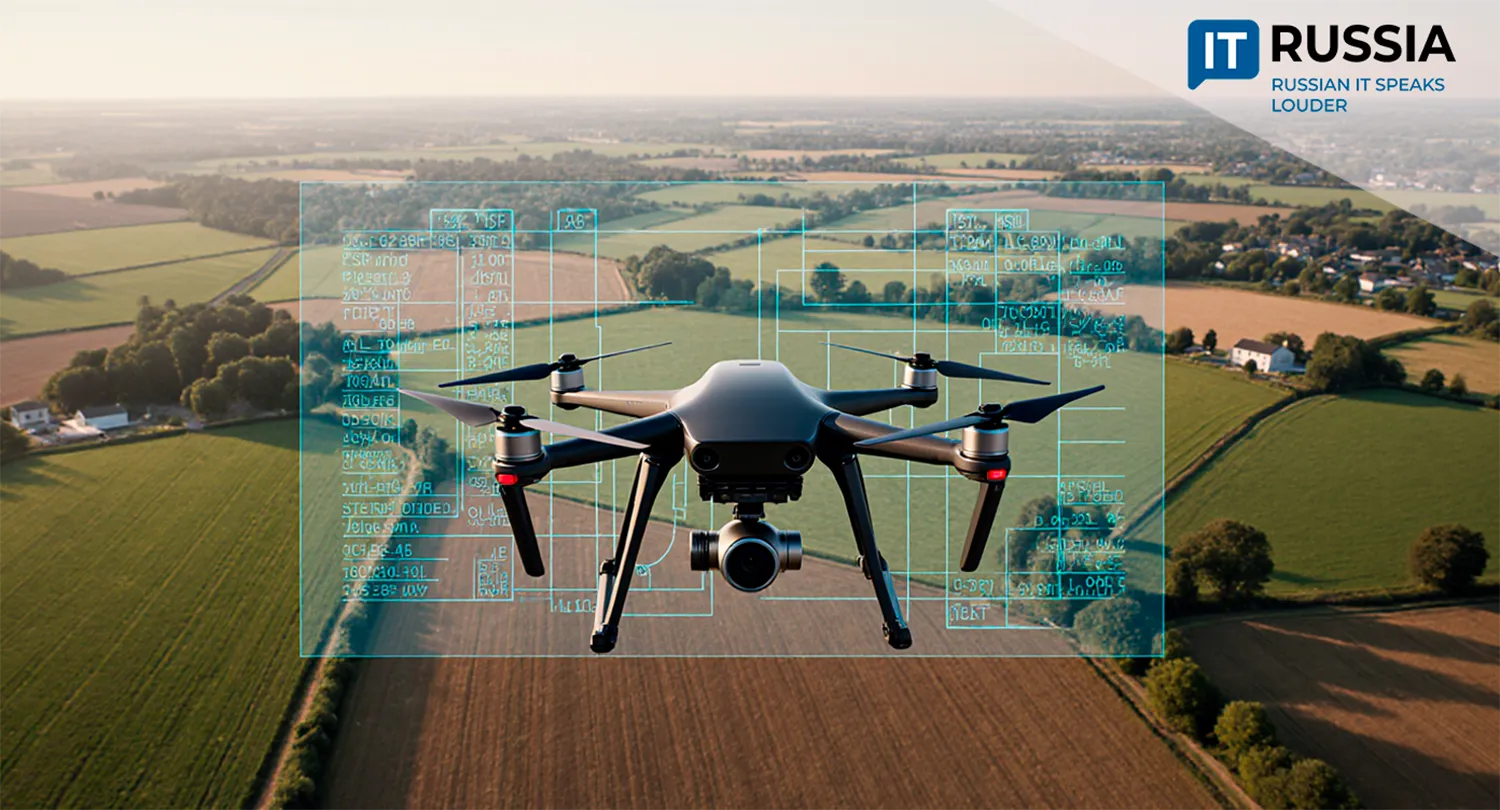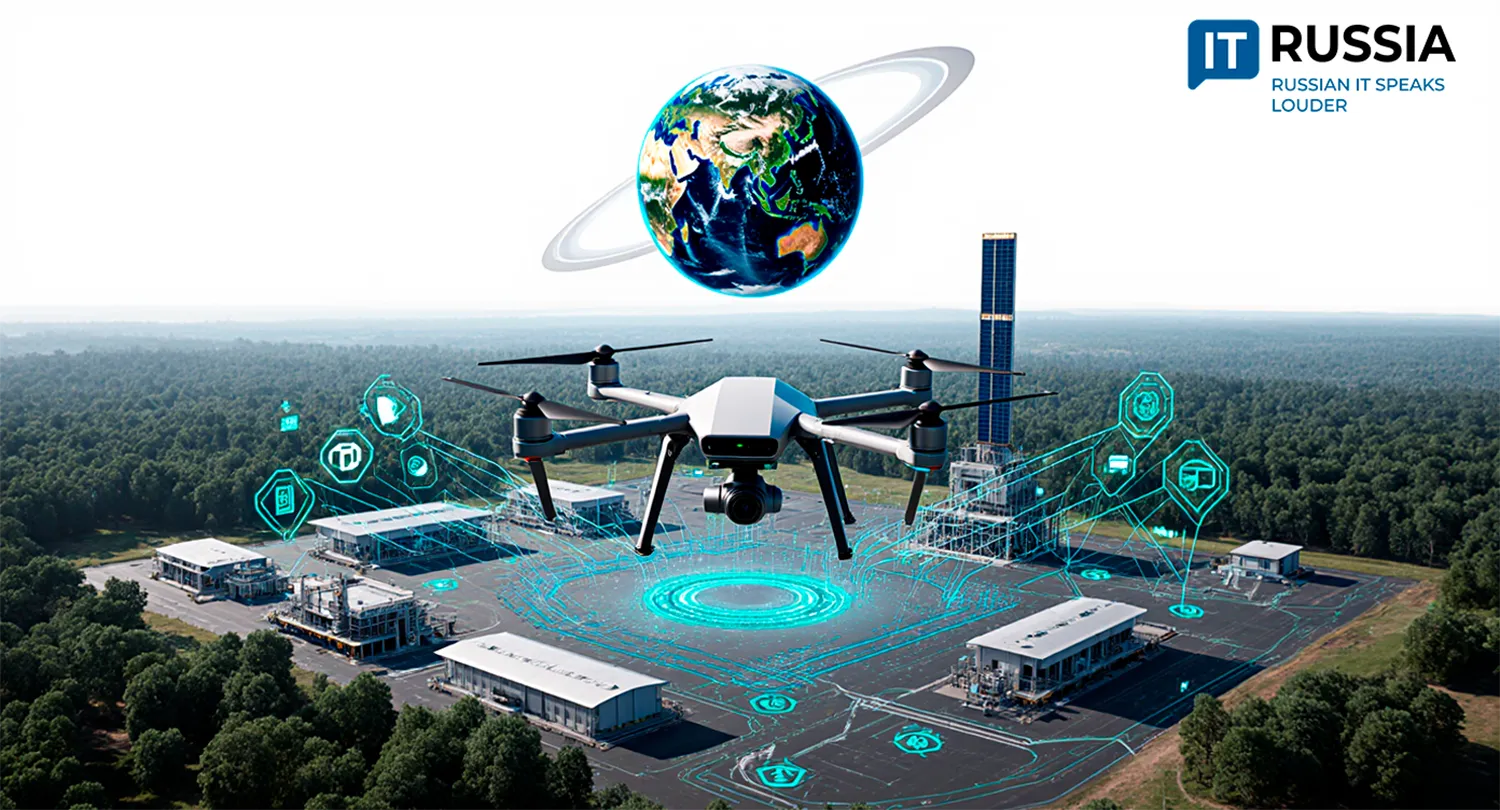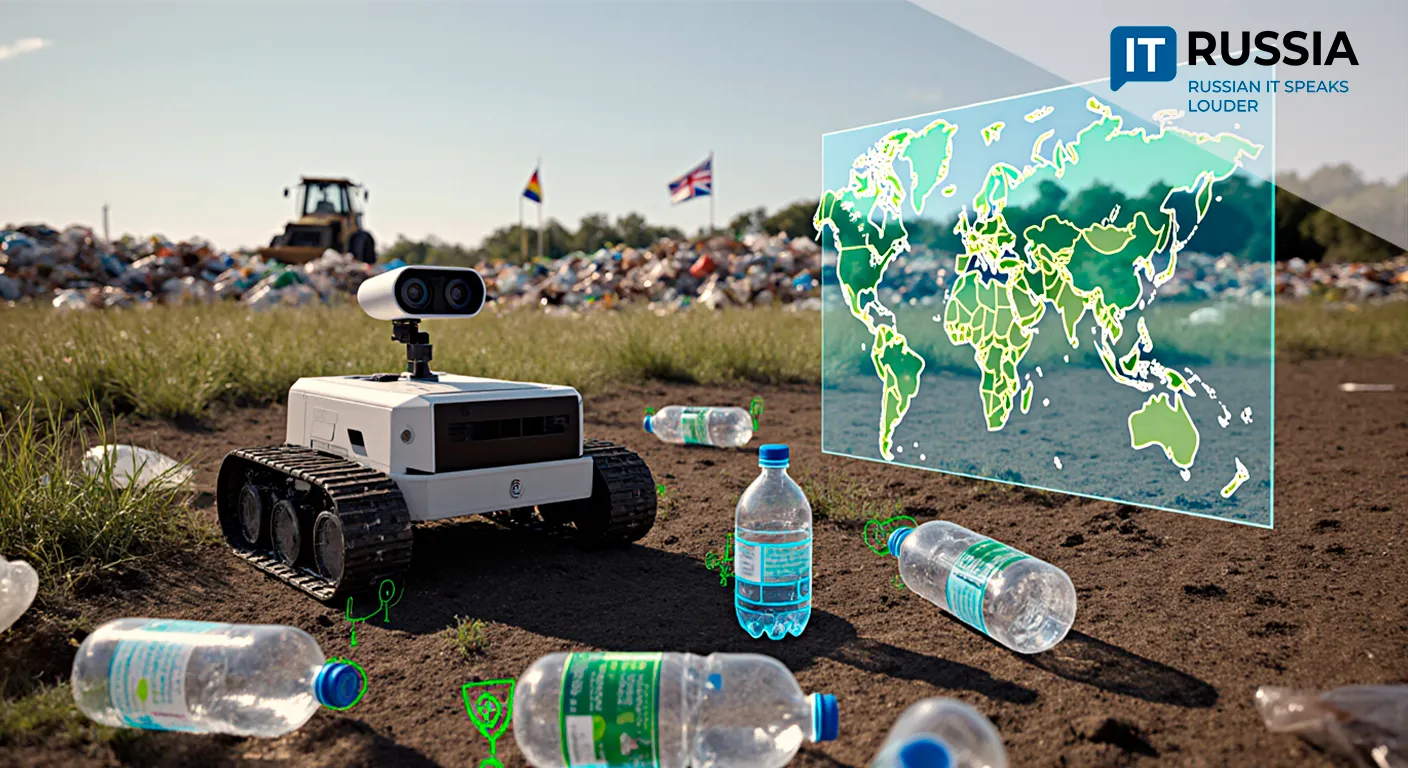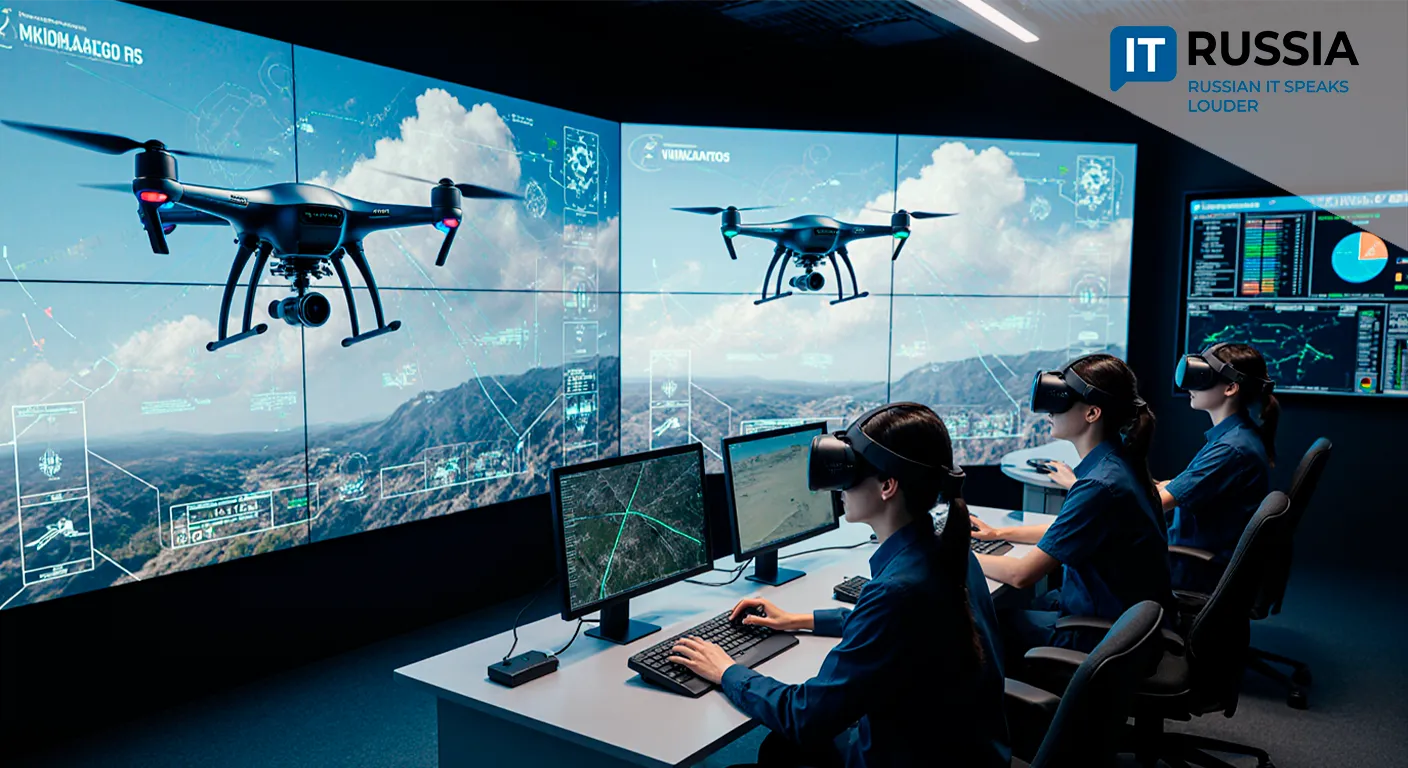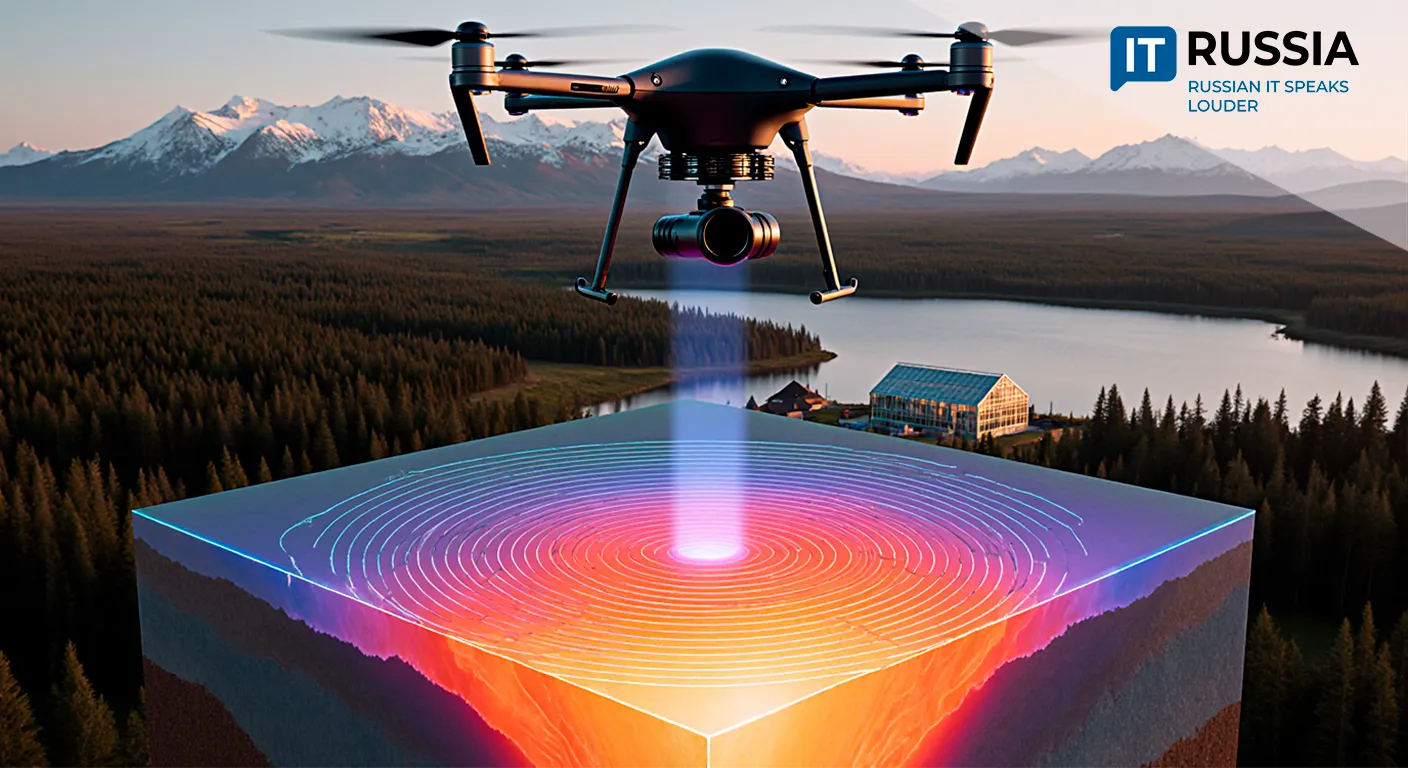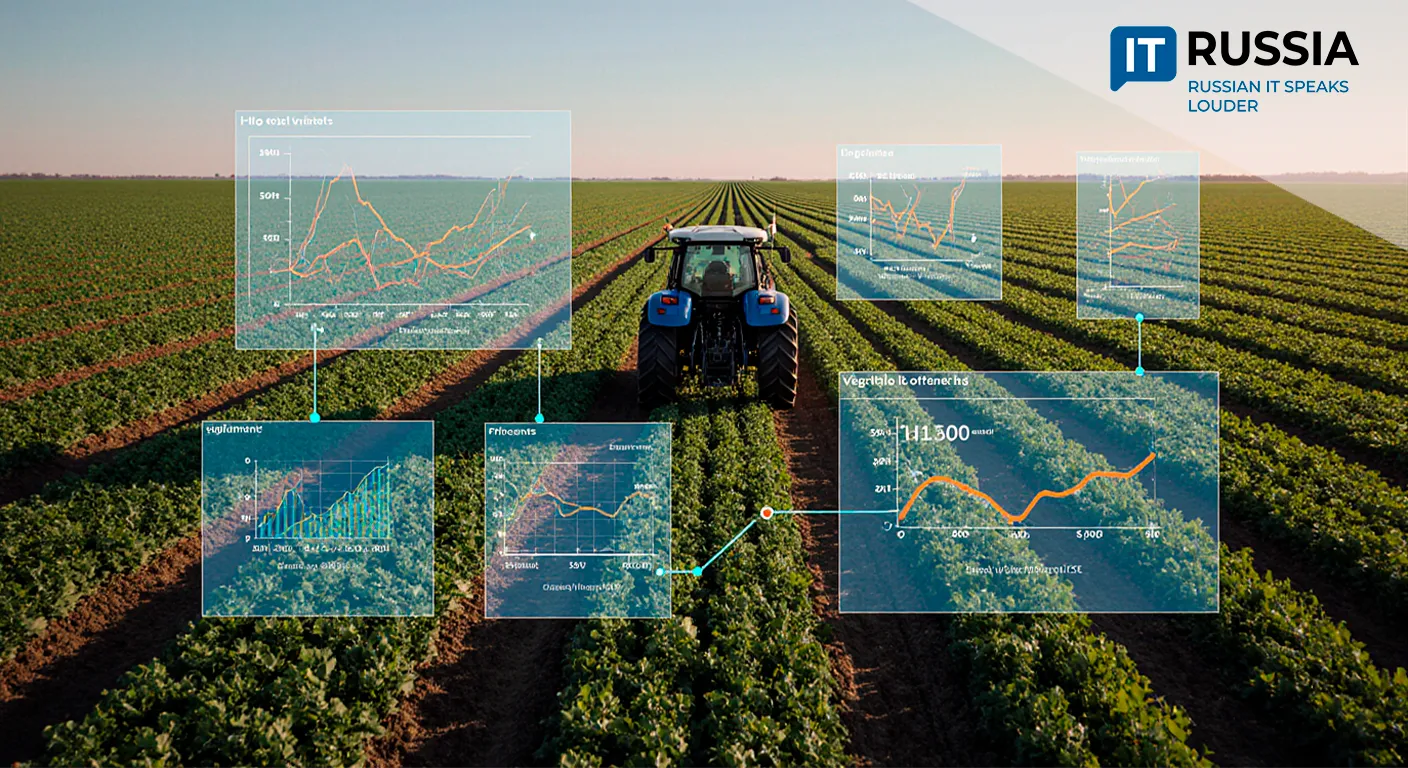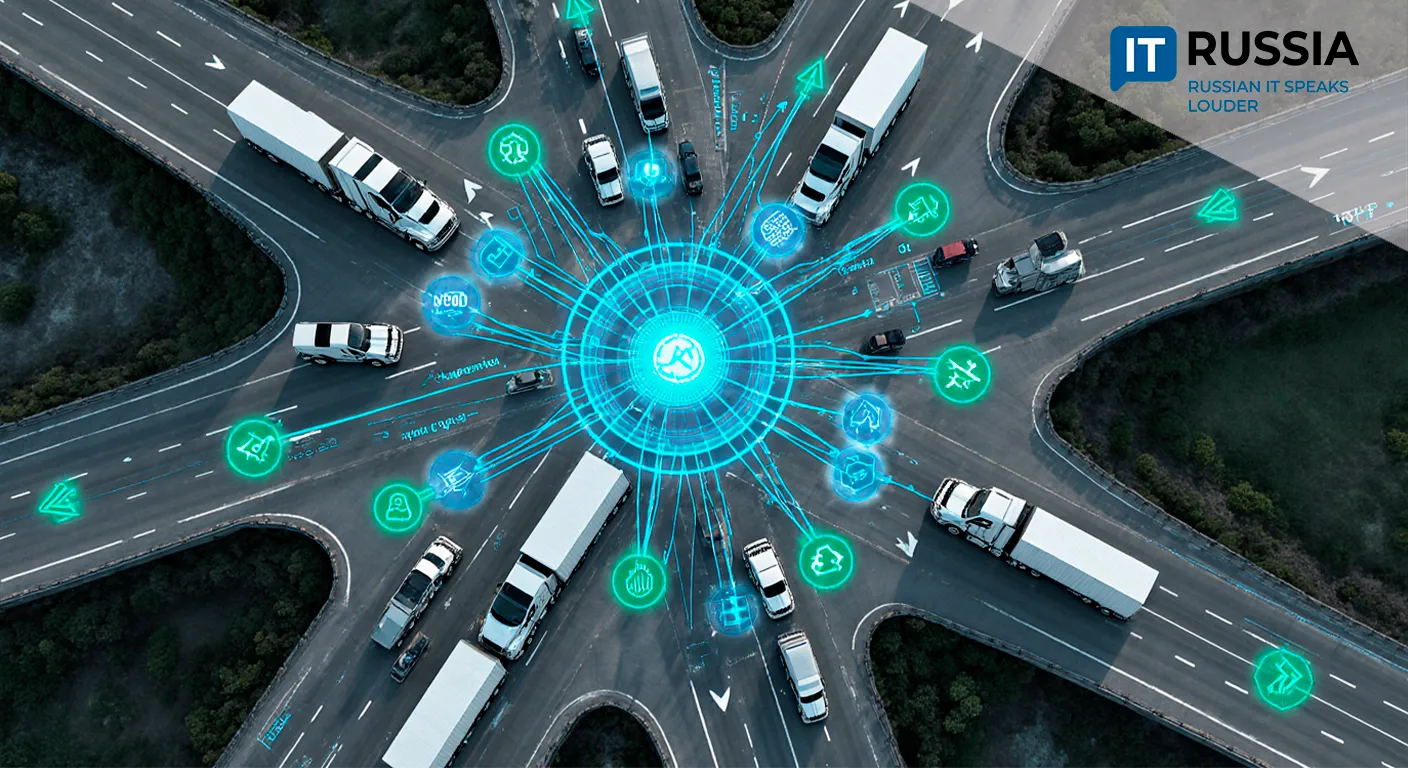Cargo Drones Take to the Skies
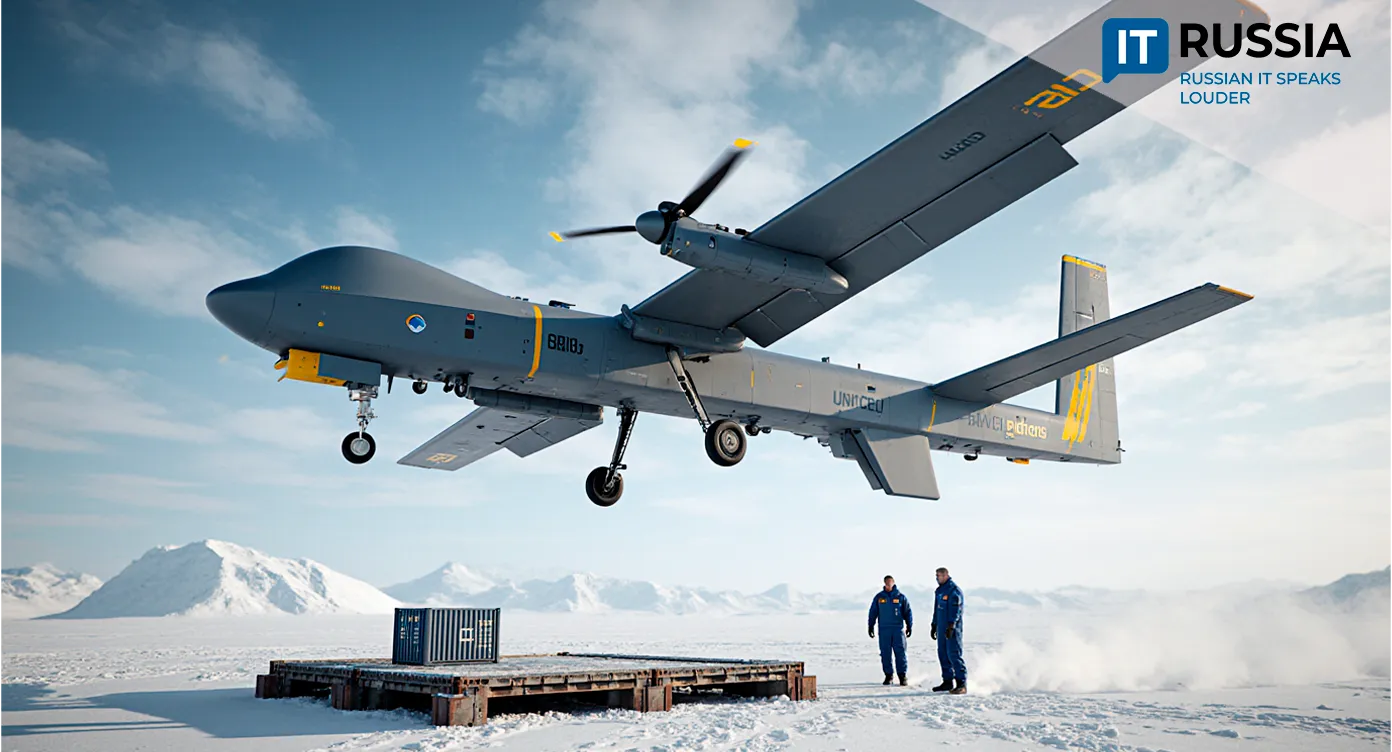
Russian companies are moving from experimental prototypes to the industrial production of heavy cargo drones capable of transforming the nation’s logistics landscape.
Technological Breakthrough
The development of Russian cargo drones has reached a qualitatively new level, with experimental designs moving into practical application. Current drones can carry 50–100 kilograms of cargo, but the real breakthrough is expected with models capable of lifting 500 kilograms or more, now under development by Sukhoi Design Bureau and Yakovlev.
Of particular interest is Sukhoi’s off-airfield-based unmanned transport system (BTS-VAB), which can carry up to 300 kilograms within a 500-kilometer radius of its base. Combining the advantages of both airplanes and helicopters, it uses electric lift engines for vertical take-off and landing, and a piston cruise engine for horizontal flight. This hybrid design allows efficient transport operations in areas without developed airfield infrastructure.
Russian engineers focus on complete autonomy: take-off, route flight, and landing are all performed automatically without operator intervention, although routes can be changed remotely in emergencies. This capability is critical for serving Russia’s remote regions.
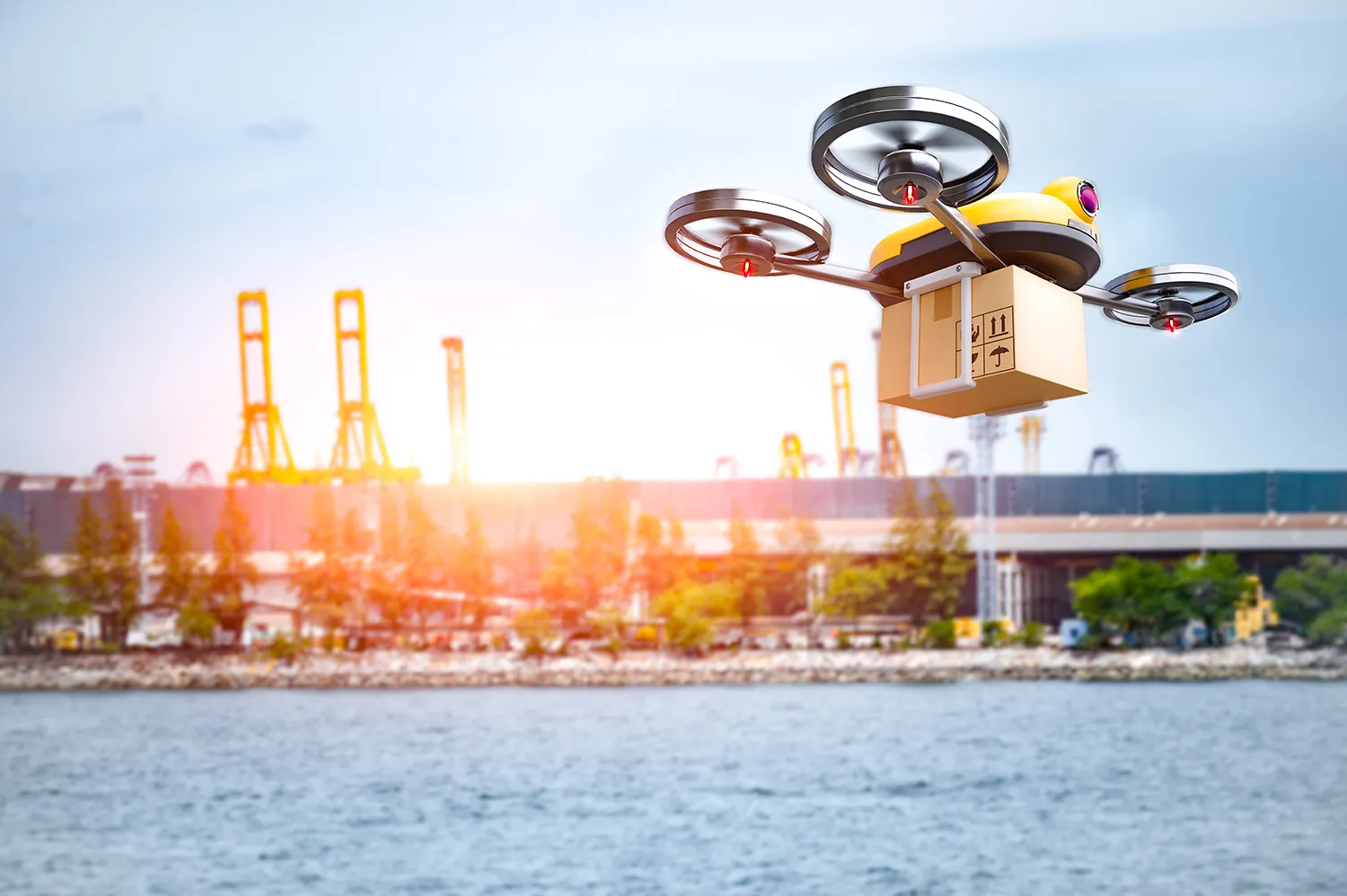
Drones for All
Russian heavy-lift cargo drones have strong export potential, especially for countries with vast territories and underdeveloped transport networks. Successful Arctic trials give them a unique competitive advantage internationally. Their ability to operate at temperatures down to -30°C and in limited visibility conditions makes them attractive for northern nations and regions with extreme climates.
The domestic Russian market offers huge opportunities, particularly in the Arctic zone, where traditional transport modes face severe limitations. The Russian Post’s “Aero Unmanned Cargo Delivery” project has already shown the feasibility of regular drone-based shipments in the Far North.
The agricultural sector is emerging as a key consumer of cargo drones. GPS-guided precision application of crop protection products not only saves chemicals but also boosts yields through more uniform field coverage. The oil and gas industry sees drones as a solution for monitoring long pipelines and delivering equipment to remote facilities. Companies like Gazprom Neft and Rosnedra have shown interest, signaling the sector’s readiness to adopt the technology.
Further and Higher
The history of Russian cargo drones began with light models for specialized missions and evolved into heavy, multi-purpose platforms. Ecolibri was a pioneer, creating the R-75 drone with a 25-kilogram payload and a 750-kilometer range.
A milestone was the BAS-200, Russia’s first heavy helicopter-type drone certified for commercial use. It proved highly effective in Arctic conditions, making up to seven flights a day at -30°C, with turnaround times of just 20 minutes—comparable to loading postal cargo.
Technological advances led to even more powerful systems. The BAS-750, unveiled at the 2022 Army Expo, can transport up to 200 kilograms over 550 kilometers.
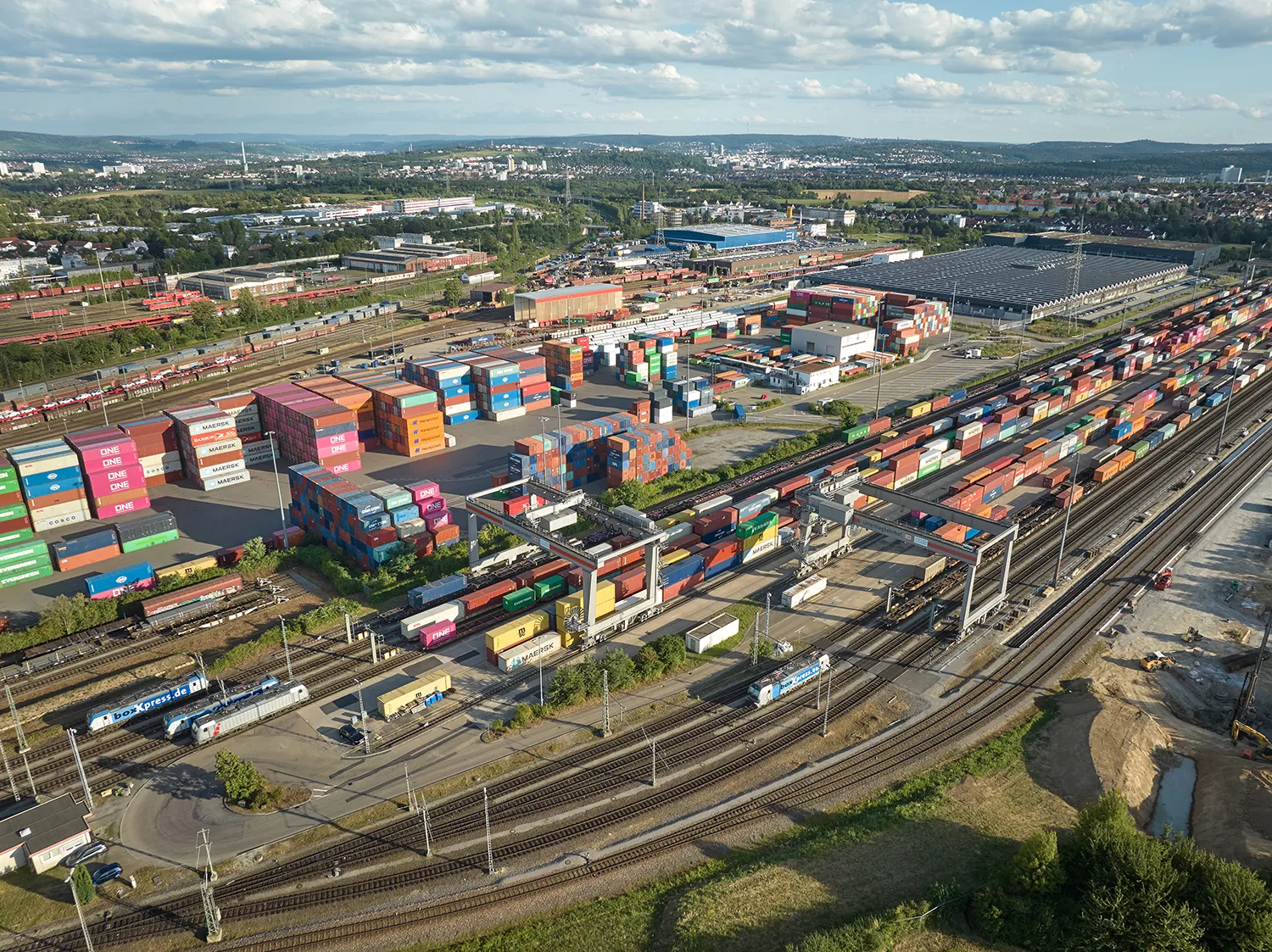
Russian-Belarusian collaboration in unmanned aviation produced the BAS-750, merging Russian expertise in aviation engines with Belarusian control system designs. This partnership demonstrated the value of international cooperation.
Investment in the sector underscores the seriousness of commercialization plans. The NTI Fund invested 270 million rubles in certifying and launching mass production of the R-75, marking the first major private investment in Russia’s cargo drone industry.
Horizons for Development
The future of Russian cargo drones rests on combining technological progress with growing demand from key industries. By 2030, systems capable of carrying over 500 kilograms are expected, opening new possibilities in freight transport.
AI development will be crucial to increasing autonomy. Russian engineers are already integrating AI features that allow automatic return to base if communication is lost and complex maneuvering without operator input. Further advances could enable fully autonomous systems capable of making decisions in changing flight conditions.
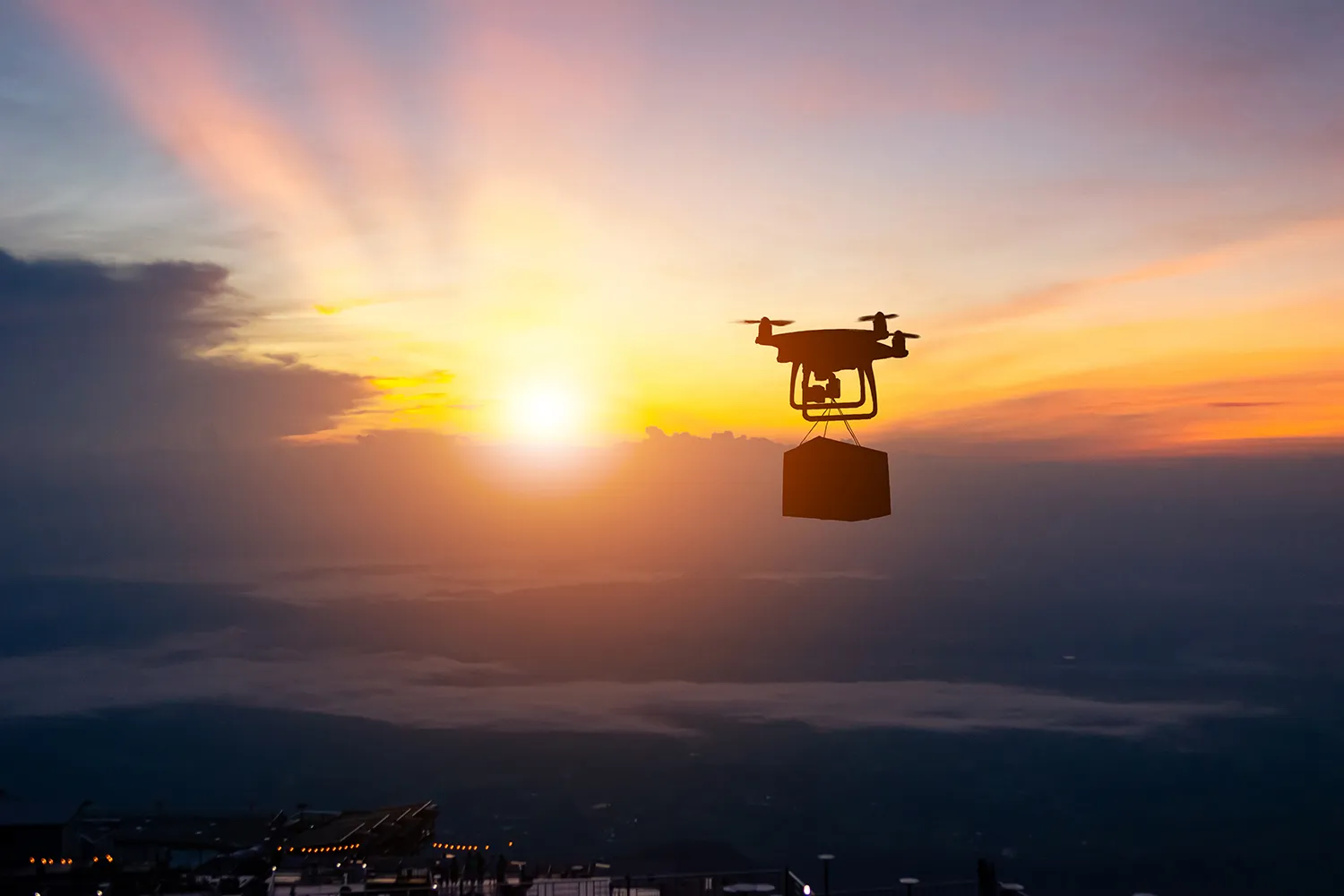
Integration with the national transport system will require dedicated infrastructure for drone operations. Plans include building logistics hubs with automated loading and unloading systems, improving efficiency and reducing delivery costs.
Export potential will be realized through joint ventures in partner countries, with special interest in markets in Central Asia, Africa, and Latin America—regions that need efficient transport solutions but lack conventional aviation infrastructure.
From Arctic test flights to future drones exceeding 500 kilograms in payload, the industry is poised for a leap forward. A mix of state support, private investment, and demand from core industries is positioning Russia to become a global leader in cargo drone aviation.



